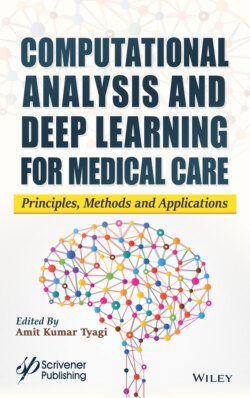Читать книгу Computational Analysis and Deep Learning for Medical Care - Группа авторов - Страница 24
1.2.10 MobileNets
ОглавлениеGoogle proposed MobileNets VI [10] uses depthwise separable convolution instead of the normal convolutions, which, in turn, reduces the model size and complexity. Depthwise separable convolution is defined as a depthwise convolution followed by a pointwise convolution, i.e., a single convolution is performed on each colour channel and it is followed by pointwise convolution which applies a 1 × 1 convolution to combine the outputs of depthwise convolution; after each convolution, batch normalization (BN) and ReLU are applied. The whole architecture consists of 30 layers with (1) Convolutional layer with stride 2, (2) Depthwise layer, (3) Pointwise layer, (4) Depthwise layer with stride 2, and (5) Pointwise layer. The advantage of MobileNets is that it requires fewer number of parameters and the model is less complex (small number of Multiplications and Additions). Figure 1.11 shows the architecture of MobileNets. Table 1.11 shows the various parameters of MobileNets.
Figure 1.9 Architecture of SE-ResNet.
